|
TennisOne Lessons Progressive Tennis: “The Right Stuff” Wayne Elderton In the last article (Progressive Tennis: Innovation in development for 5-9 year olds), the Progressive Tennis system of scale appropriate development was introduced as a package that promotes competitive play for younger players and speeds development.
“How come they aren’t playing ‘real’ tennis?” This is a question we sometimes get from parents entering the Grant Connell Tennis Centre (GCTC) U10 development programs. The question occurs because a quick look at the program reveals children using smaller racquets, transition balls, and playing on smaller courts with modified scoring. Our answer? They are playing "real" tennis. What they are doing is closer to the real game adults play, considering the size and strength of the children. Think of it this way: What if you played a new game called “Big Tennis” where your court would be larger, nets higher, racquets longer, and balls bounced higher? “Big Tennis” would be challenging to say the least. Would playing and practicing Big Tennis improve your play of regulation tennis, or would it hurt? Your tactics would change dramatically because of the court size and ball bounce. Because of the larger, heavier racquet and high-bouncing but heavy ball, your technique would also evolve into something quite different than the proper mechanics needed for regulation tennis. It would be a different game all together. That is why our answer is, “Our kids are playing real tennis.” Why would we impede their development by subjecting them to Big Tennis (which is what we do when we put 5-9 year olds on full courts with regulation equipment)?
Known But Not Used Scaled racquets and courts have been around for a while. Unfortunately, coaches (especially in North America) typically see it all as an optional novelty. What they fail to understand is that Progressive Tennis is the norm in solid tennis countries like France, and Belgium. Of course, there are players who learned tennis as children without this equipment, however, that’s not an endorsement of it being an effective process for the majority of children. Progressive Tennis allows greater numbers of younger players to experience tennis successfully and quickly. It takes less time to to take more players to higher skill levels, than with regulation equipment. Coaching professionalism demands we employ the methods that are of the maximum benefit to our students. I am convinced, the vast majority of coaches who are currently not using the Progressive Tennis Approach would, if they understood the tremendous benefits for developing tactics and techniques available with the equipment. Many coaches and parents don’t realize what level of proficiency U8 and U10 players are capable of. As a result, they become content with players just bumping the ball over the net with poor mechanics. They get drawn into improving quantity (“Look, little Johnny can rally 20 times!”) and ignoring quality. Improper mechanics limit a player’s future potential.
Technical Development Here are a couple of examples of technical development with some of our 8 & 9 year old ¾ Court Players. This first sequence shows two side by side comparisons. The first is our right-hander compared with Kim Clijsters. The second is our left-hander compared with Patty Schynder.
There are a few key points to notice as they hit their forehands. These elements are easier for them to execute (and it was easier to develop them) because they are on a ¾ Court with low-compression balls and the appropriate racquet.
The next sequence (above) shows both girls playing with adult racquets and regulation balls. Notice how the technique degrades. Both girls have to adapt their technique to accommodate the longer, heavier racquet and higher bouncing balls. Let’s take a frame by frame look at the lefthander to highlight some of the technical problems (all of these same issues occurred to varying degrees with the right-hander as well):
1. Unlike the first sequence (where the typical bounce was lower), she must move back well behind the baseline to adjust to the bigger bounce. Notice that she drops her elbow during the preparation to prop up the heavier racquet.
2. To get the adult racquet moving she uses a preparation that is too big, which will become a hindrance to good timing. 3. Since the ball bounces faster and higher, she doesn't get the same quality of body coil on the preparation. The faster bounce forces her to shift her weight backwards. 4. The higher bounce also promotes a more extreme western grip since the impact will be higher. (We would not recommend a full western grip as it has many more developmental pitfalls and limitations for players learning the game.) 5. With her weight shifted back, she can’t uncoil her body and makes an "arm-only" stroke. She is then forced to decelerate her racquet through the shot to block the heavier, faster ball. Basically, she doesn’t engage her body well as evidenced by the lack of full rotation after the shot. In general, the bodywork and racquet work are significantly poorer with the adult equipment. The critical thing to note is that the poor videos were taken only seconds after the good ones and nothing was said to the players. In other words, even if the players were trained and capable of advanced technique, the adult equipment caused poor quality repetition. Understand, that it is possible to iron out these issues even if the players use the adult racquet and regulation balls on a full court. The point is, with group training (where coaches are more limited for giving individual attention), there is a far greater likelihood that using adult equipment will ingrain poor technical patterns in developing players. Backhand Groundstroke Development Our next example is a 9 year old with a ¾ Court one-handed backhand which we will compare to World # 1 player, Roger Federer.
The point is not that every player should be one-handed. But, neither should every player be two-handed. One big advantage of the Progressive Tennis system is that it allows players to develop the one that suits them best. It is unlikely (and extremely difficult) to develop a one-handed technique with a full court and regulation balls. To illustrate this, we have two sequences of a ½ Court U8 player just learning to hit with one hand. This reveals the main difference of the Game-based Approach (GBA) verses the traditional approach. In traditional coaching, the first goal is to teach the stroke, play comes later. In a GBA the first goal is to rally (exchange the ball) and the stroke is shaped accordingly.
It could be argued that the player would do better with a two-handed backhand. That is not the point of the clips. If the coach and player wanted to develop the one-hander, there would be more success and opportunity with the appropriate equipment. Notice how trying to rally at the baseline with regulation balls is a frustrating and useless endeavor. Now, the majority of coaches, even if they use adult equipment, would simplify the feed the ball (hand or racquet feed), to make it easier. The challenge is, there is a very poor rate of skill transfer between hand feeding with regulation equipment and actually rallying. All too often, traditional lessons have students on the baseline flailing away (just like in the ‘poor’ ½ Court clip) and, if they do finally connect with the one out of 10 and make it go in, the parents and coach cheers (“Great shot Johnny!”). They don’t realize what an inefficient and unsuccessful process that kind of training actually is. Additional Technical Development
Now don’t misunderstand, using scaled equipment doesn’t automatically make kids hit like Justine Henin and Roger Federer (our players have obviously been trained with these mechanics). However, the proper equipment promotes and speeds up the development of these techniques. This is just one small example. Using the proper equipment speeds up the development of all the actions required, in all the situations of play. For example, we choose to show a baseline rally but all the attacking actions on groundstrokes are especially handicapped when players don’t use the scaled equipment. The biggest advantage is the scaled equipment allows the player to accelerate the racquet through the impact zone while maintaining stability (a critical skill for advanced technique). Serves also suffer. The ball weight and court distance encourage poor trajectories, wrong grips, ‘pushing’ actions, and no acceleration. Volley development using adult equipment and courts is also poor, if not non-existent. The "fake" development that occurs when the coach basically has to hit the player’s racquet with the feed doesn’t transfer to actual net play. Conclusion Coaches and parents would do well to ensure children have the best development path possible by using the appropriate equipment. And, it is not only the children who can benefit. Introductory Adult programs can also capitalize on the advantages as well. At GCTC we successfully use the equipment for our Adult beginner programs and league play. The improper equipment may result in younger players learning motor patterns that need to be overhauled later, causing a stumble in development that they may not recover from. At best, it slows down the development process. Having the right stuff is no longer just an option, it is a requirement for accelerated technical development. Your comments are welcome. Let us know what you think about Wayne Elderton's article by emailing us here at TennisOne.
|

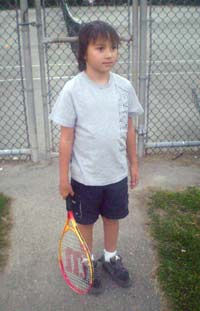

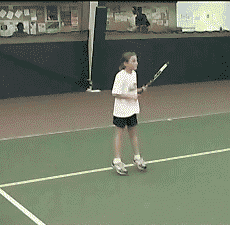
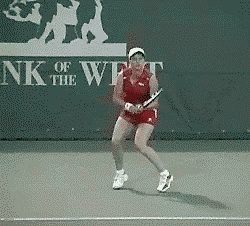
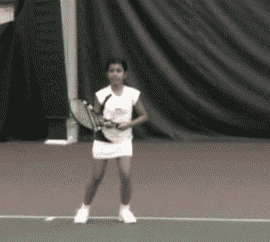
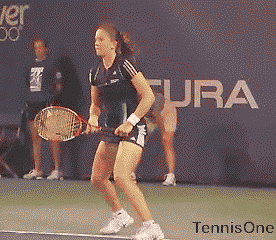


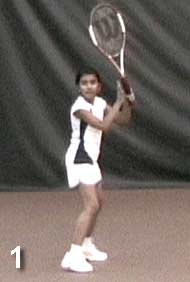


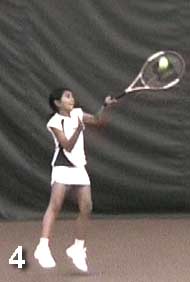

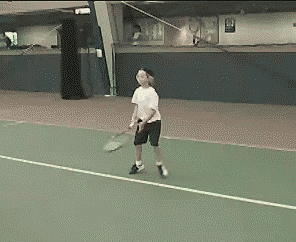
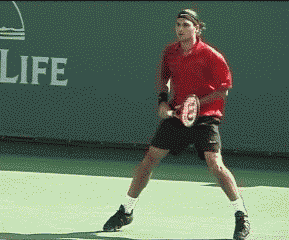
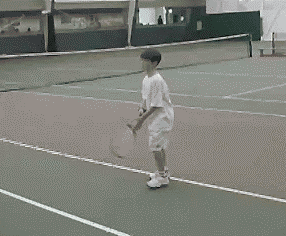


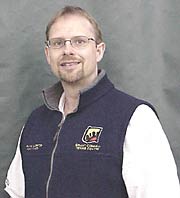 Wayne Elderton
Wayne Elderton